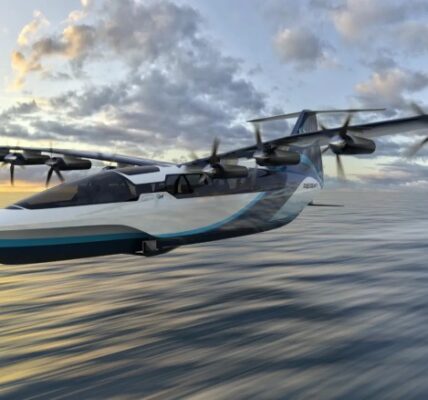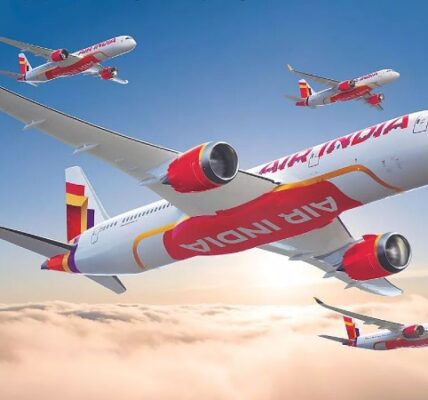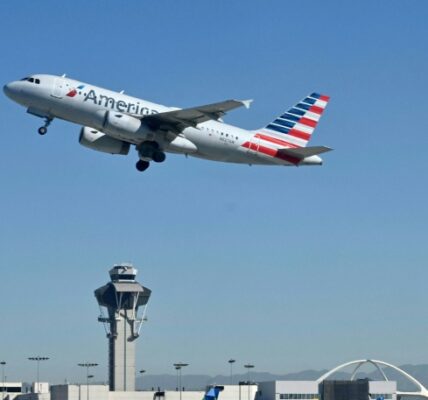American Airlines Flight Diverted Due to Plane Too Large for Naples Airport | Flight Diversion News 2025
In an unusual aviation incident, an American Airlines flight was diverted because the plane was too large to land at Naples Airport, Italy. This unexpected diversion has raised questions about airport safety standards, aircraft size restrictions, and passenger impact. Here’s everything you need to know about the American Airlines flight diversion and what caused it.
Why Was American Airlines Flight 780 Diverted Mid-Air to Rome?
On June 2, 2025, American Airlines Flight 780 took off from Philadelphia bound for Naples. The flight was operated by a Boeing 787-9 Dreamliner, a modern wide-body aircraft popular for long-haul international travel.
As the plane neared Naples Airport, air traffic controllers informed the pilots that the airport’s Rescue and Firefighting Services (RFFS) certification was insufficient for the Boeing 787-9. Naples Airport holds a Category 8 RFFS certification, which supports smaller aircraft like the Boeing 787-8 but does not meet the requirements for the larger 787-9. Due to these airport firefighting and safety restrictions, the flight had to be diverted to Rome Fiumicino Airport, which has the appropriate RFFS certification for such large aircraft.
What Are Rescue and Firefighting Services (RFFS) Categories and Why Do They Matter?
Airport firefighting and rescue capabilities are classified under RFFS categories, which range from Category 1 to 10 according to international aviation safety standards. These categories are determined by the size and passenger capacity of the aircraft an airport can safely handle in emergencies.
Since the Boeing 787-9 is longer and carries more passengers than the 787-8, it requires a higher RFFS category (Category 9 or above). Naples Airport’s Category 8 certification means it is equipped for aircraft smaller than the 787-9, which led to the safety-based diversion of the flight to Rome.
Impact of the Boeing 787-9 Size on Airport Operations and Flight Safety
The Boeing 787-9 Dreamliner is approximately 20 feet longer than the 787-8. This difference means it requires more emergency resources in case of an accident or fire. Airports must have sufficient fire trucks, trained firefighters, and safety equipment to handle emergencies for planes of this size.
Naples Airport is well-equipped for the 787-8, which is regularly used for flights there, but it falls short for the 787-9’s requirements. This operational limitation forced American Airlines to divert Flight 780, prioritizing passenger safety over schedule adherence.
How Did Passengers Experience the Flight Diversion and Delay?
There were 231 passengers and 11 crew members on board the Boeing 787-9. After the diversion, the plane landed safely at Rome’s Fiumicino Airport around 9:45 a.m. local time.
Passengers then faced a 145-mile journey by bus to Naples, taking roughly 2 to 3 hours. This unexpected ground transfer caused delays and inconvenience, especially after a long international flight.
American Airlines apologized for the disruption, explaining it as an operational limitation. The airline provided ground transportation but acknowledged the inconvenience caused by the aircraft size mismatch.
Why Did American Airlines Use a Boeing 787-9 Instead of the Usual 787-8 for Naples Flights?
American Airlines typically assigns the smaller Boeing 787-8 Dreamliner for its Naples routes because Naples Airport is certified to handle that aircraft type.
On this occasion, however, the airline deployed the larger 787-9, likely due to scheduling adjustments or operational needs. This mismatch between the aircraft and airport certification caused the mid-flight diversion.
Understanding Airport Aircraft Size Restrictions and Flight Diversions
Flight diversions due to aircraft size restrictions are uncommon but important safety measures. Airports must ensure their firefighting and emergency response capabilities match the aircraft types they serve.
If a plane is too large for the airport’s certification, even if the runway length and facilities are adequate, the plane cannot land there. Diverting to a suitable airport is a necessary step to comply with international aviation safety regulations.
What Are the Differences Between Boeing 787-8 and 787-9 Dreamliners?
The Boeing 787-8 is the original variant of the Dreamliner family, measuring about 186 feet in length. The 787-9 is an extended version at approximately 206 feet, offering more passenger capacity and range.
This size difference requires the 787-9 to be operated at airports with higher firefighting and emergency response capabilities. Hence, not all airports that can serve the 787-8 can safely accommodate the 787-9.
How Does This Incident Affect Future American Airlines Flights to Naples?
American Airlines will likely review its operational procedures to ensure future flights to Naples use aircraft compatible with the airport’s safety certification.
This incident emphasizes the need for precise planning regarding aircraft assignments to avoid passenger inconvenience and costly diversions.
Passengers’ Takeaway and Travel Tips After Flight Diversions Due to Airport Limitations
Passengers should be aware that flight diversions can occur due to airport safety certifications and operational restrictions, not just weather or technical issues.
Checking aircraft types, understanding airport capabilities, and preparing for possible delays can help travelers manage expectations during international flights.
The Importance of Airport Firefighting Certification and Aircraft Compatibility
The diversion of American Airlines Flight 780 highlights the critical role of airport Rescue and Firefighting Services certifications in ensuring safe landings.
Although inconvenient, such operational decisions prioritize passenger safety above all else. This event serves as a reminder of the complexities in air travel logistics and the strict standards airports and airlines must follow.
Passengers traveling to Naples or similar airports with specific size limitations should stay informed and expect occasional adjustments for their safety.














